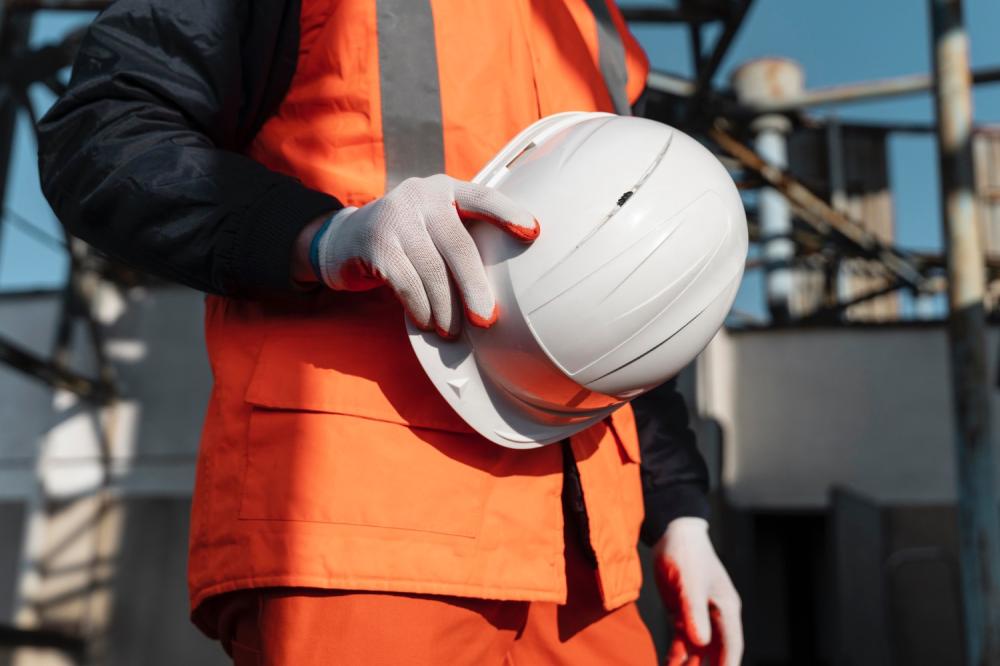🦺 Introduction: Why Safety Gear Matters
Workplace safety is not optional—it's essential. From the earliest days of industrial work, protective gear has played a vital role in preventing injuries, improving productivity, and saving lives. But just as the construction and industrial sectors have advanced, so too has safety gear.
Let’s take a look at how personal protective equipment (PPE) has evolved—from simple hard hats and gloves to smart helmets and IoT-connected vests—and what it means for the future of safety.
🏗️ Phase 1: The Basics — Early Safety Equipment
In the early 1900s, safety gear was rudimentary and often improvised. Workers relied on:
- Canvas or leather gloves for hand protection
- Wool or cotton masks to filter dust (barely effective)
- Hard hats made from steamed canvas and resin
There were no safety standards. Injuries were common, and the priority was speed over safety.
⚙️ Phase 2: Industrial Safety Standards Emerge
By the mid-20th century, as industrial regulations were introduced globally (like OSHA in the US and ISO standards worldwide), equipment became more specialized and reliable:
- Hard hats made from thermoplastics
- Steel-toed boots for foot protection
- Earplugs and earmuffs for hearing conservation
- High-visibility vests for site visibility
These improvements laid the foundation for modern PPE—focused on durability, comfort, and compliance.
📡 Phase 3: Smart PPE Arrives
Technology is now transforming safety gear from passive protection into active prevention. Here are some of the most innovative smart PPE developments:
1. Smart Helmets
Modern helmets now include:
- Built-in sensors that detect impact
- Live communication tools (microphones, cameras)
- Augmented reality (AR) displays for digital blueprints on-site
2. Wearable Sensors
Smart vests and bands can monitor:
- Body temperature and heart rate
- Worker location and movement
- Fatigue and stress levels
These are ideal for remote sites, mining, or hazardous environments.
3. IoT-Connected Gear
Safety gear now communicates with centralized systems to:
- Trigger alerts in case of falls or overexertion
- Provide real-time data to site managers
- Improve emergency response times
🔐 Benefits of Smart Safety Gear
Smart PPE is not just about tech—it brings real, measurable improvements:
- ✅ Proactive risk management
- ✅ Better compliance tracking
- ✅ Lower injury and insurance costs
- ✅ Improved worker confidence and productivity
🚧 Challenges to Adoption
Despite the advantages, smart gear adoption faces challenges:
- 💰 Higher initial costs
- 🧰 Maintenance and training
- 🔌 Battery life and connectivity issues
However, as the technology matures and costs decrease, smart PPE is becoming more accessible—even for small to mid-sized projects.
🏁 Final Thoughts: What’s Next?
The evolution of safety gear shows how technology and safety go hand-in-hand. From basic gloves to biometric monitoring, the goal remains the same: protecting workers and saving lives.
For construction companies, contractors, and industrial buyers, staying updated on safety gear trends isn’t optional—it’s a strategic advantage.
💡 Bonus Tip for Buyers:
When sourcing safety equipment for your site or project, look for suppliers that offer certified, tech-enabled gear and provide training or onboarding support.
🛒 Looking for Modern Safety Tools?
At Sawab, we offer a full range of certified safety gear. Equip your team with the tools they need to work smarter and safer.

